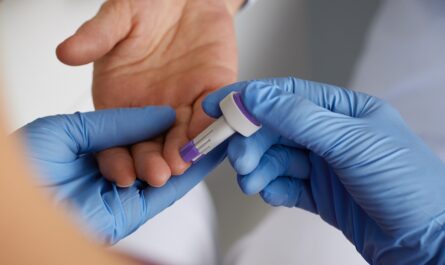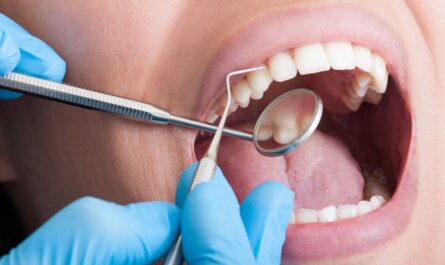Cannabis has come a long way from being an illicit drug to a legally regulated medical and recreational product in many parts of the United States and other countries. As the legal cannabis industry continues to evolve and mature, testing cannabis for safety, potency and contaminants has become an integral part of the process. This article explores the different types of cannabis testing, its importance and how it ensures consumers get consistent, high-quality products.
Compliance Testing
As cannabis is a regulated product, governments require laboratories to test cannabis to ensure compliance with regulations. All legal cannabis sold in dispensaries must go through compliance testing before it can be made available to consumers. This testing checks for:
Pesticides – Cannabis is tested for the presence of pesticides and herbicides that were used during cultivation. Only approved pesticides that are safe for ingestion can be used.
Potency – Testing determines the amount or concentration of THC, CBD and other cannabinoids present in the product. This ensures correct labeling.
Heavy Metals – Tests are conducted to check for heavy metals like arsenic, cadmium and lead that could contaminate cannabis naturally or during growth.
Microbial Impurities – Cannabis is examined for the presence of microorganisms like yeast, molds and pathogens that could make consumers sick.
Solvents – If any solvents were used during the manufacturing process, residue testing checks that solvent levels are within approved limits.
Compliance testing protects public health by screening out contaminated or mislabeled product batches before they reach dispensary shelves. Only cannabis passing these tests receives a certificate of analysis and can be sold legally.
Potency and Homogeneity Testing
Besides safety checks, cannabis labs also conduct potency and homogeneity testing:
Potency Testing – More in-depth tests determine the precise quantitative amounts of major cannabinoids in different strains and products. This ensures accurate labeling of THC and CBD percentages.
Homogeneity Testing – Edibles are tested to guarantee an even distribution of cannabinoids throughout the product. Samples are taken from different parts to check potency variation between servings.
This testing guarantees consumers receive accurately dosed products each time, whether in the form of dried flower, concentrates or edibles. It allows for consistency across batches from the same cultivator or manufacturer.
Terpene Profiling
Moving beyond core Cannabinoid Testing, labs also offer terpene profiling of cannabis samples:
Terpenes – These aromatic compounds influence a strain’s signature smell and have therapeutic qualities of their own. Advanced gas chromatography identifies individual terpenes present.
Terpene Profiles – The unique blend and ratios of terpenes like myrcene, limonene and caryophyllene give each strain its own effects. Profiles aid in consistency and studying entourage effects.
This additional analysis helps cultivators and consumers better understand characteristic flavors and desired medicinal effects associated with certain terpene profiles in different strains.
Microbiological Testing
Besides mandatory microbial screening for safety, some laboratories provide supplementary microbiological services:
Yeast and Mold Counts – Determine the colony-forming unit (CFU) levels to check for contamination during growth and curing.
Specific Pathogen Tests – Screening for harmful pathogens like E. coli, salmonella and aspergillus through DNA-based techniques.
Microbiological testing catches issues early and aids cultivators in improving sanitation practices for cleaner, higher quality crops. It boosts consumer confidence in the safety standards of the legal cannabis industry.
*Note:
1. Source: Coherent Market Insights, Public sources, Desk research
2. We have leveraged AI tools to mine information and compile it



